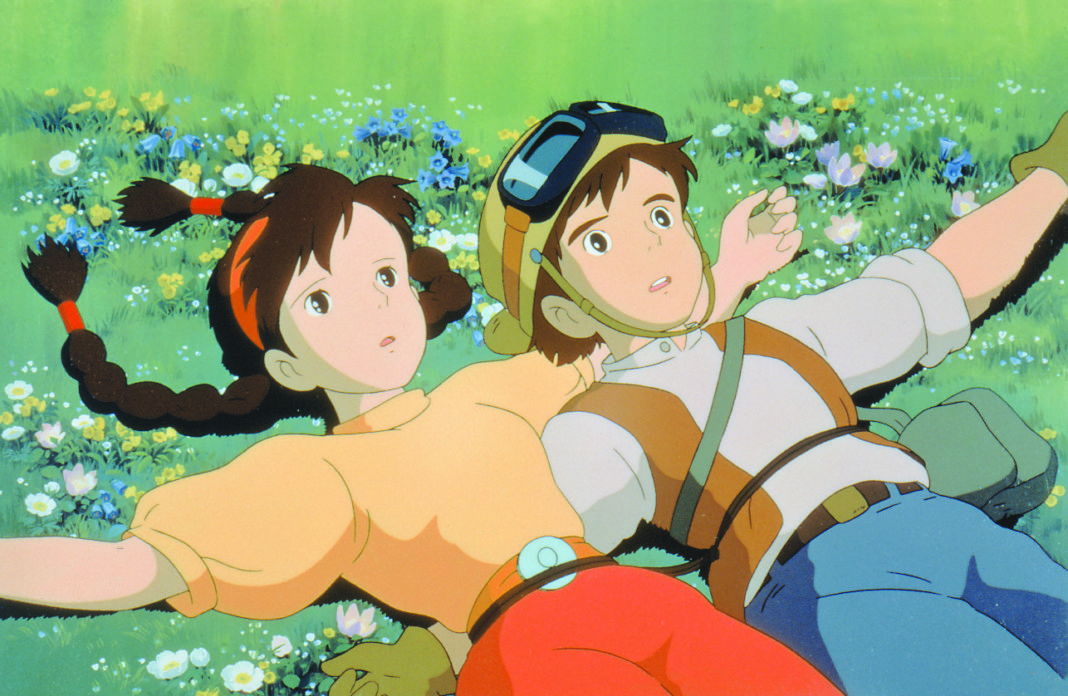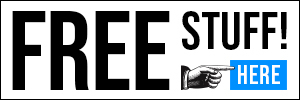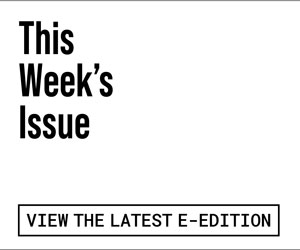It began with a question, posed to a total stranger sitting beside me at a movie theater. “Whose voice would you rather hear coming from an animated Japanese princess, Minami Takayama, or Kirsten Dunst?”
“The other one, the, uh … the Japanese one,” said a 30-something fellow with impressive tattoos inked onto his arms. “I mean, I grew up with Kirsten Dunst as the voice of ‘Kiki,’” he added. “I’ve seen all of the Ghibli movies a million times, and now I don’t need them to be dubbed anymore. A couple of years ago, I started watching them with subtitles, and, I realized I kind of like hearing the language the way it was meant to be. It’s better somehow. I guess we all get older sometime, right?”
As proof of his lifelong enthusiasm for all things Studio Ghibli, my accidental conversationalist hiked up his sleeve to show me a tattoo of Kiki astride a broom.
“I’ve got Howl’s Castle on my back,” he said.
And with that, the movie began.
Last June, at select theaters across the country, Fathom Events launched an unusual series of film screenings at mainstream theaters. Fathom is the company that presents special theatrical events in movie theaters, from boxing matches and Shakespeare plays to live performances of the Metropolitan Opera. The company has been treating audiences to a monthly Studio Ghibli Festival, showing a different film by animation master Hayao Miyazaki on the third Sunday and Monday of every month. On Sunday, August 27 and Monday, Aug. 28, the Fairfax 6 in Fairfax will screen the classic 1986 film Castle in the Sky, which launched Miyazaki and led to the founding of Studio Ghibli—giving us My Neighbor Totoro, Spirited Away and … as evidenced by the ink on a certain fan … Howl’s Moving Castle, which, it turns out, will close out the series in November.
What’s notable about the Ghibli Fest is Fathom’s choice to screen each film twice—once in its dubbed version, usually featuring famous American actors, and once with subtitles, allowing the original Japanese voice artists to be heard. After my spontaneous conversation with Tattoo Guy, I put out the question to as many Studio Ghibli fans as I could reach: “Which do you prefer, the dubbed versions, or the subtitled versions?”
To North Bay actor Matt Witthaus, the use of A-list actors, introduced when Disney began re-releasing the Ghibli films in the ’90s, was a highly practical decision.
“American audiences will almost always eschew subtitled films over those with English language overdubs,” he said. “The Miyazaki films, to my knowledge, were some of the first to do it.”
“Animation is an art. It’s easier to enjoy the artistry if it’s dubbed,” said Juliet Pokorny, formerly of Pixar, having served as art department manager, editorial manager and other roles on Cars, The Incredibles and Toy Story 3.
Drummer Quinten Cohen, meanwhile, strongly prefers watching foreign-made films in their original language.
“Unless they’re really badly dubbed, and the dubbing is part of the entertainment, like with the Godzilla movies,” he noted. “Often times, when I’m comparing them, I notice that if there’s a difference in performance quality, it almost always seems like the original Japanese actors did a better job. I haven’t watched the dubbed version lately, but I watched My Neighbor Totoro last week, and every time I see it, when the girl voicing Mei starts crying after she and her sister get into a fight, it hits me really hard.”
Totoro, by the way, is Cohen’s all-time favorite Ghibli film.
“I’m even planning,” he added, “for my first tattoo to be Totoro-related.”











